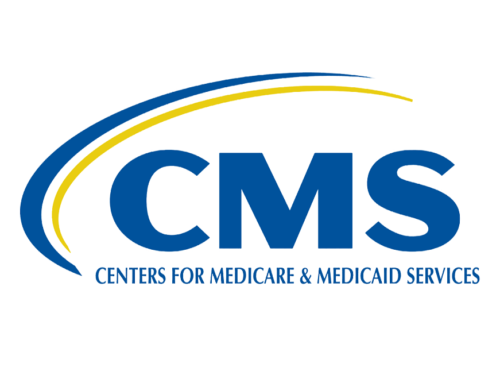For Immediate Release
March 12, 2015, Ann Arbor, MI. Embracing prevention is a widely accepted part of the health care transition from volume to value. The Patient Protection and Affordable Care Act (ACA) mandates the elimination of consumer cost-sharing for selected preventive services in commercial health plans. In this context, prevention is defined to include services provided to asymptomatic individuals, such as screenings, immunization and counseling.
A new Health Affairs blog post examines how the prevailing focus on primary prevention tilts the system away from clinical services often of much greater value – those that manage and prevent adverse consequences associated with chronic disease.
In Medicare and Health Savings Account-eligible High-Deductible Health Plans (HSA-HDHP), the narrow definition of preventive services precludes expanded access to many proven high-value clinical services, many of which are quality metrics used by value-based purchasing initiatives. Authors Michael Chernew, Sandy Schwartz, and Mark Fendrick recommend concrete steps to infuse clinical nuance into both plan designs — first, by permitting Medicare Advantage Plans greater flexibility to offer value-based insurance design (V-BID), and second, to provide actuarial flexibility for HSA-HDHPs to cover high-value secondary preventive services exempt from the deductible.
Policymakers on both sides of the political aisle, as well as a range of stakeholders — including employers, providers, health plans, health and life sciences companies, consumer advocates, think tanks, and academics — are supportive of providing health plans greater flexibility to adopt innovative benefit designs that improve consumers access to care while still providing for affordability.
A multi-stakeholder coalition has been created to promote these goals. For more information, please contact the coalition at http://smarterhc.org, or by emailing info@smarterhc.org.




